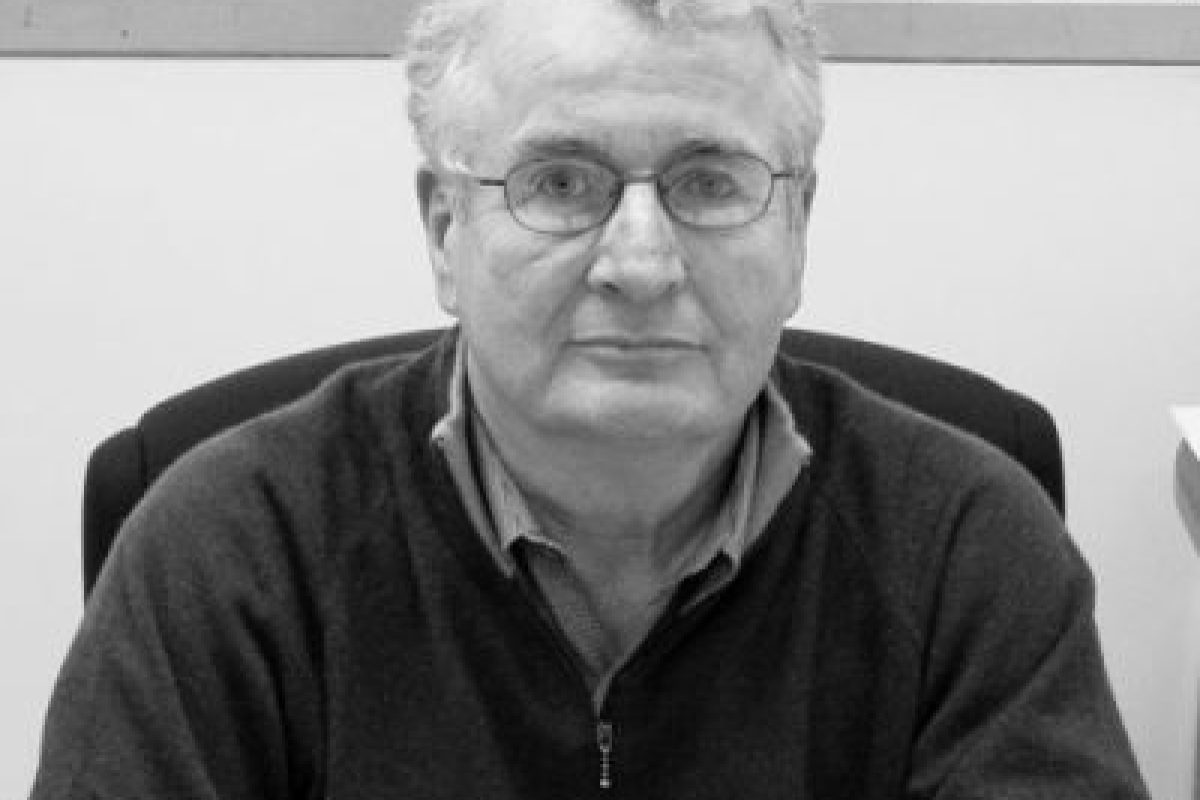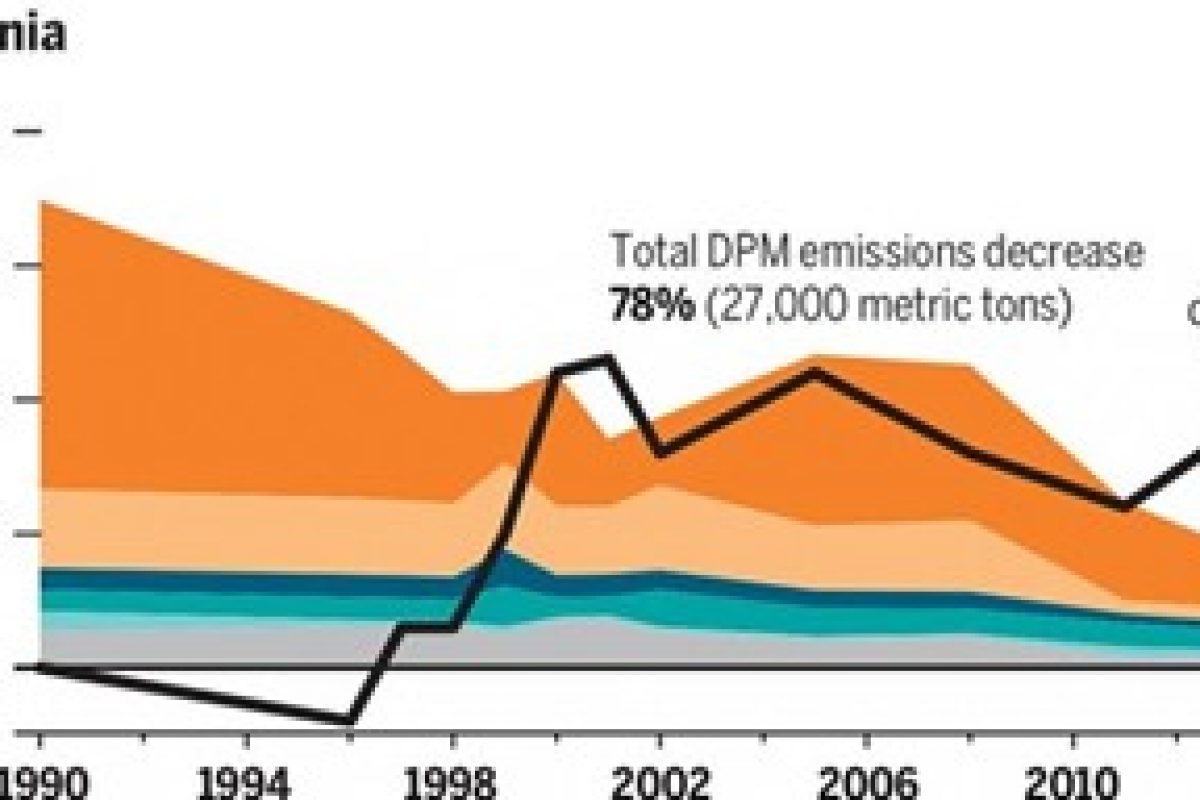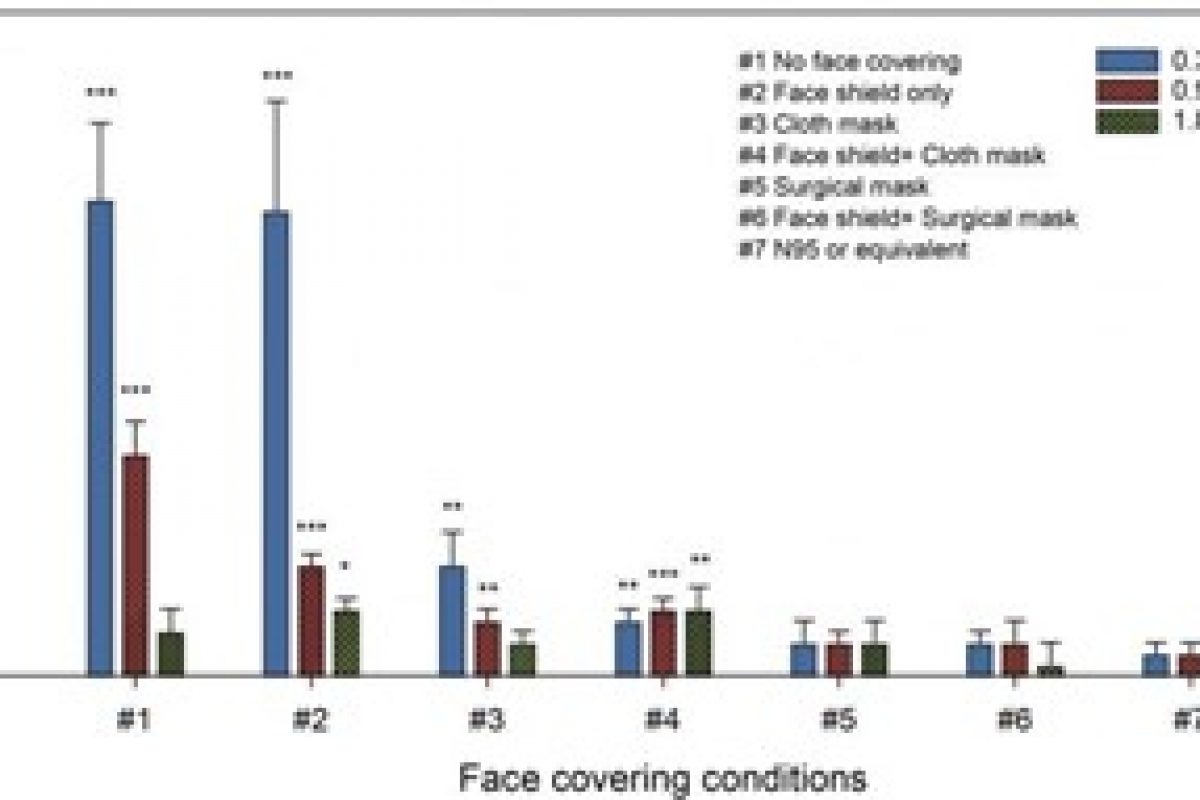We sadly inform you of Dr. John Froines’ death on July 13 from complications related to Parkinson’s disease. Among his many extraordinary achievements, Dr. Froines directed the Office of Toxic Substances Standards at OSHA and served as deputy director of NIOSH before teaching 40 years at UCLA, where he directed UCLA COEH for 20 years, led the EPA Southern California Particle Center and Supersite for over a decade, and ran a NIH Fogarty International training program for 15 years. His bold, visionary leadership and sharp wit propelled significant public health standards to victory, protecting workers and communities across the U.S. and world.
We at UCLA COEH will miss Dr. Froines immensely. He is remembered by our faculty as a scientist of great esteem, a true public health hero, and to many of us a dear friend. His prolific mastery of grant writing in support of students, junior scientists, and communities burdened by pollution endures as a poignant model for how science can serve society. His legacy continues not only through the foundational research he conducted or landmark standards and programs he created, but also in the work of the countless people he taught, mentored, and encouraged during his time with us.
In his memoriam, The New York Times prepared this article and UCLA Fielding School of Public Health’s tribute is below. We extend our deepest sympathies to Dr. Froines’ family and invite you to post notes of remembrance on this Kudoboard page, which will be shared with them.
Dear Colleagues,
It is with deep sadness that I share with you the news that Dr. John Froines, professor emeritus in the UCLA Fielding School of Public Health’s Department of Environmental Health Sciences, died on July 13 from complications related to Parkinson’s disease.
Dr. Froines was a visionary researcher in environmental and occupational health, and a leader in ensuring that research influences policies to protect the public’s health. Over the course of his career in the field of toxicology and exposure assessment, Dr. Froines played a critical role in authoring and advancing environmental regulatory guidelines. His seminal contributions include development of federal standards for lead exposure and cotton dust exposure, as well as identification of diesel exhaust as a toxic air contaminant.
Many people around the world knew of Dr. Froines as an anti-war activist, member of the “Chicago 7,” and for his unwavering passion for social justice. Dr. Froines found a way to professionally blend his passion with his scientist prowess — a through line in his career was utilizing evidence-based research to stand with communities to promote public health.
Dr. Froines utilized his time in Washington D.C. as director of the Office of Toxic Substances for the Occupational Safety and Health Administration (OSHA) to author landmark federal standards for cotton dust and lead. As noted in a 2015 UCLA FSPH magazine article, “The cotton dust standard helped to eliminate byssinosis, a respiratory disorder that affected workers in the textile industry. The lead standard, designed to protect workers from the neurologic effects associated with the occupational use of lead, was promulgated despite strong industry opposition.”
After leaving OSHA, Dr. Froines went on to the role of deputy director at the National Institute of Occupational Safety and Health before joining our school’s faculty in the Division of Environmental and Occupational Health Sciences in 1981. Dr. Froines served as chair of the Department of Environmental Health Sciences for four years in the 1990s and director of the UCLA Center for Occupational and Environmental Health for 20 years, from 1989 – 2009. Dr. Froines held numerous additional roles on our campus including his leadership of the UCLA Sustainable Technology and Policy Program, the UCLA Pollution Prevention Education and Research Center, and the UCLA FSPH Centers for Environmental Quality and Health. He also played an important role in the creation of UCLA FSPH’s interdepartmental program PhD in Molecular Toxicology.
Dr. Froines’ service during his years at UCLA Fielding extended far beyond our campus. Under his leadership of the California Scientific Review Panel on Toxic Air Contaminants in 1998, “the panel identified diesel exhaust as a carcinogenic air contaminant, setting the stage for California to become a world leader in regulating and reducing the health risks associated with exposure to diesel particulate.”
Throughout Dr. Froines’ career, he was recognized for his groundbreaking research and the manner in which he utilized his research to advocate for change. One of many examples of recognition for Dr. Froines’ work was in 2013 when he received the Collegium Ramazzini Award. The award recognized his global contributions in occupational and environmental health research and policy, and for him being a “public health hero.”
Dr. Froines collaborated with numerous UCLA Fielding faculty, students, staff, and graduates throughout his more than 40 years with our school. He will be greatly missed by all his colleagues and friends for his passion, purpose, kindness, and guidance.
We extend our deepest sympathies to Dr. Froines’ family and invite you to post notes of remembrance on this Kudoboard page, which will be shared with Dr. Froines’ family.
Sincerely,
![]()
Ron Brookmeyer, PhD
Dean
Distinguished Professor of Biostatistics
UCLA Fielding School of Public Health






